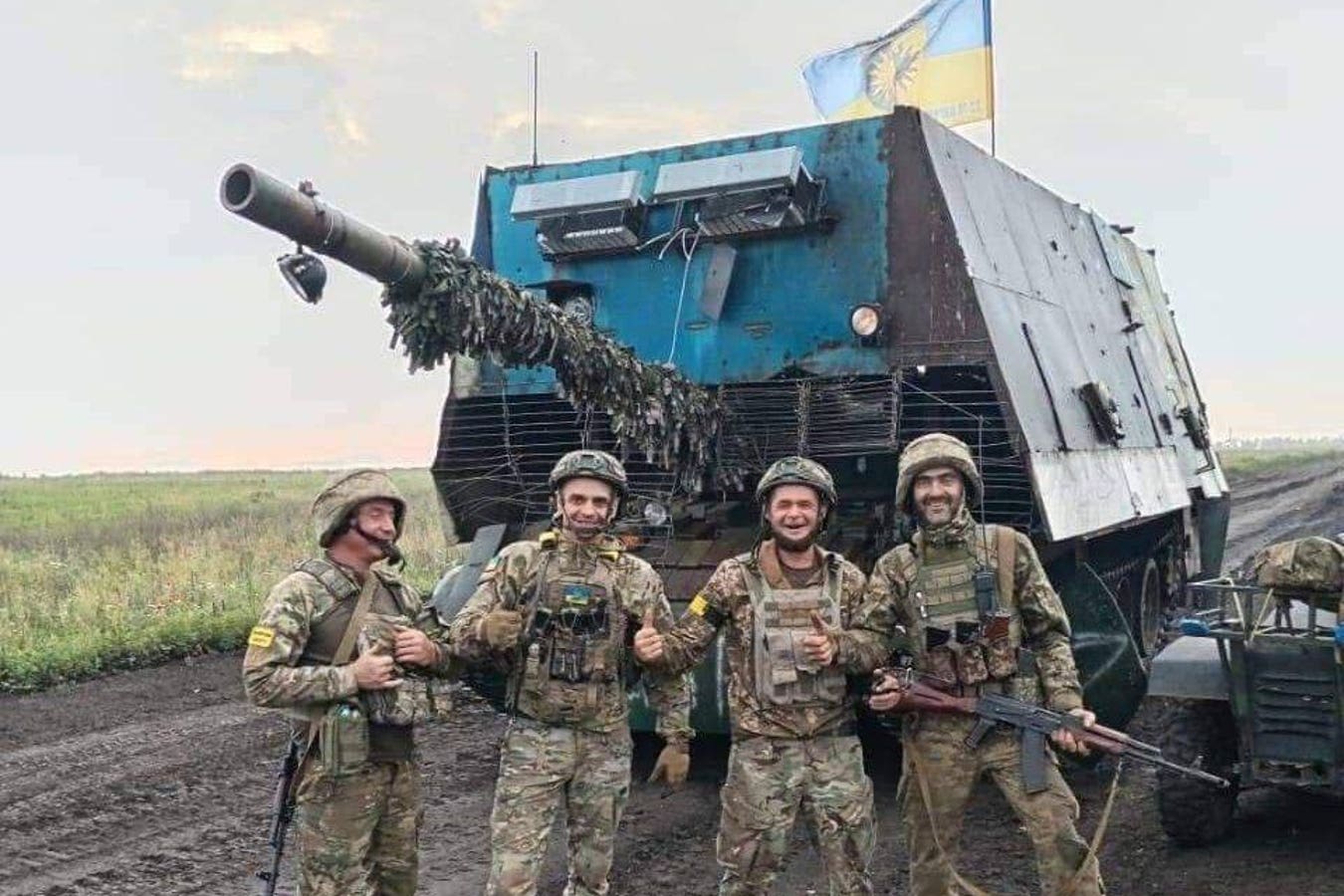An analyst scrutinized satellite imagery, crunched the numbers and came to a startling conclusion. Twenty-eight months of hard fighting in Ukraine have radically reshaped the Russian army’s tank corps.
According to @highmarsed, the army has lost so many modern tanks that the only way it can even come close to maintaining its front-line strength of 3,000 tanks is to pull more 1960s-vintage T-62s out of long-term storage.
“In my opinion it is likely that we will see more T-62s in the future and they will probably be one of the main tank types in the Russian army,” @highmarsed wrote after weighing the stocks of T-62s against stocks of older T-55s and newer T-72s, T-80s and T-90s.
The 41-ton, four-person T-62s have the benefit of being abundant and, compared to newer tanks, fairly simple—making them more economical to recover and refurbish after decades in open storage. The 103rd Armor Repair Plant in Siberia, along with other factories, “seems to have built a significant capacity to refurbish this type,” @highmarsed noted.
This devolution—from modern T-72s, T-80s and T-90s (with their thicker armor, 125-millimeter main guns and fast autoloaders for their three-person crews) to aged T-62s (with thinner armor, 115-millimeter main guns and a human loader)—is an ominous sign for the Russian army as its attacks in Ukraine slow to a bloody grind.
The numbers show how the Russians got to this point. In February 2022, the Russian army went to war in Ukraine with around 2,100 late-model T-72s, 500 modern T-80s and 400 T-90s.
But Ukraine’s mines, drones, artillery and anti-tank missiles have taken a toll. Analysts have tallied 3,000 destroyed, abandoned and captured Russian tanks. Numerically, that’s the entire pre-war force—and the losses are disproportionately modern tanks rather than the older T-55s and T-62s the Russians began dragging out of open-air vehicle parks shortly after the war widened.
No one outside the Kremlin knows for sure how many new tanks Russian factories build every year, but well-informed estimates are in the range of 500 or 600. That’s far too few new tanks to replace all the lost tanks, so the balance come from old Cold War stocks.
Those stocks were significant in 2022. They included 6,200 tanks, according to @highmarsed’s survey of satellite imagery. The dominant types were 1,800 T-62s, 2,000 older T-72s and 1,400 early-model T-80s.
Just over two years later, the Russians have fetched around 700 T-62, 500 T-72s and 1,100 T-80s for refurbishment. That they’ve neglected roughly a thousand early-1970s T-72 Urals and T-72As might have something to do with those tanks’ finicky autoloaders.
The reserves of T-80s and newer T-72s are running out, but there are still 1,100 T-62s waiting for restoration and a second chance to wage war. As production of new tanks continues to lag for a want of money, workers and parts, these T-62s from the 1960s are set to play an ever-bigger role in the Russian army of the mid-2020s.
They’re not great tanks—and they’re definitely inferior to Ukraine’s most numerous T-64s and vulnerable to its mines, drones, artillery and missiles. Analyst Andrew Perpetua described the T-62s as “vaguely useful.” But only by “1980s standards.”
But vaguely useful old tanks are the best Russia can get as long as its losses in Ukraine greatly outpace the manufacture of new tanks.
Sources:
1. @highmarsed: https://x.com/HighMarsed/status/1811015708173652046
2. Oryx: https://www.oryxspioenkop.com/2022/02/attack-on-europe-documenting-equipment.html
3. Andrew Perpetua: https://x.com/AndrewPerpetua/status/1593313095123869699
Read the full article here





